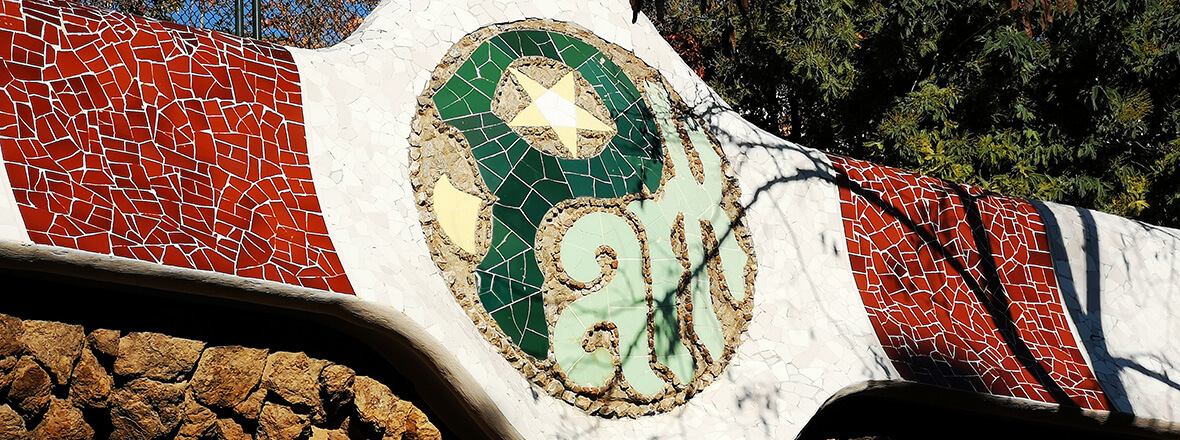
Park Güell's historical, architectural and artistic uniqueness was recognised by the Spanish state in 1969, when it was declared a Monument of Cultural Interest.
In 1984, the United Nations Educational, Scientific and Cultural Organization (Unesco) went further, and declared it a World Heritage site. This distinction is awarded to all natural areas and cultural features in the world of great value, which must be protected in order to guarantee their conservation, so that future generations can continue to enjoy them.
Barcelona's Park Güell has been a World Heritage site since 1984, along with other works by the architect Antoni Gaudí.
The following works of Antoni Gaudíform part of that heritage site:
"Seven buildings designed by Antoni Gaudí (1852-1926) in Barcelona or its surrounding area were included in the World Heritage List in 1984 and 2005. These buildings bear witness to the exceptional contribution of Gaudí's creations to the evolution of the architecture and construction techniques in the late 19th and early 20th centuries. They are the expression of an eclectic and very personal style that their creator employed not only in architecture, but also in gardening, sculpture and many other decorative arts. The seven buildings are: Park Güell, Palau Güell, Casa Milà, Casa Vicens, Gaudí's work on the Sagrada Família's Nativity façade and crypt, Casa Batlló and the Colònia Güell crypt."
Since 1993, it has also been also a site of Catalan National Cultural Interest (BCIN).
Park Güell covers a total of 12 hectares.

